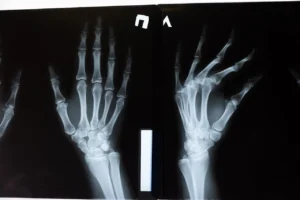
Monkeypox, a viral disease, continues its global impact. Today, the World Health Organization (WHO) unveiled a new strategic framework aimed at guiding efforts to prevent and manage monkeypox outbreaks. The framework targets the elimination of human-to-human transmission and the reduction of viral spillover from animals to humans.
Monkeypox, caused by the monkeypox virus (MPXV), manifests with symptoms like a painful rash, fever, and swollen lymph nodes. Although most recover fully, some experience severe illness. The virus spreads through close contact, including sexual contact, and has animal reservoirs primarily in east, central, and west Africa, where interspecies transmission can lead to outbreaks.
The virus comprises two distinct clades: clade I and clade II, with clade I posing a greater threat.
A significant outbreak linked to clade II emerged in 2017, spreading globally by 2022. Although the outbreak was declared a Public Health Emergency of International Concern between July 2022 and May 2023, low-level transmission persists worldwide.
Simultaneously, the Democratic Republic of the Congo (DRC) faces a major outbreak of clade I virus, with cases steadily rising over decades. Since the year’s onset, the DRC has reported over 6500 cases and 345 deaths, with nearly half affecting children under 15 years old.
The WHO’s Strategic Framework for Enhancing Monkeypox Prevention and Control (2024–2027) offers a comprehensive roadmap. It aims to empower health authorities, communities, and stakeholders globally to curb monkeypox outbreaks, bolster research and access to treatments, and mitigate zoonotic transmission risks.




